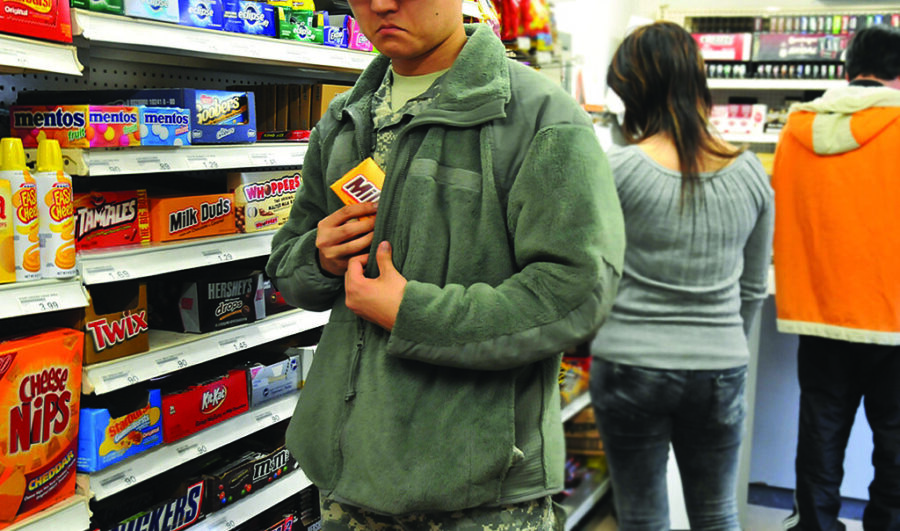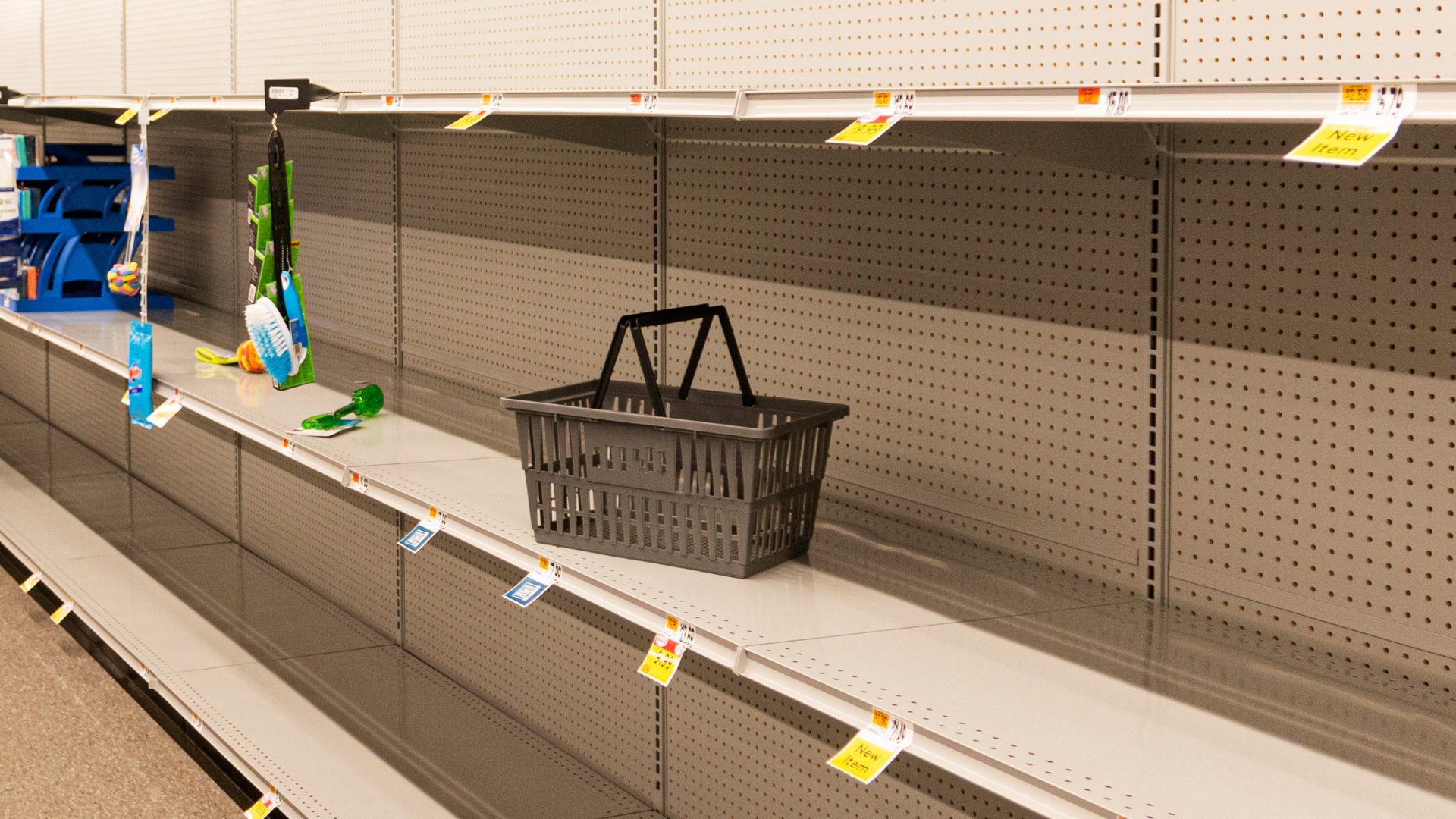The good news is the waning pandemic has allowed consumers to return to in-person shopping; the bad news is the return has been coupled with a sharp rise in retail shoplifting theft, a $100 billion problem.
“Honestly, I don’t know if they will ever stop it,” Bill Herzog, CEO of LionHeart Security Services, told The Food Institute.
Among the reasons cited by experts for the spike are changing attitudes about what crimes deserve arrest and prosecution, inflation and unemployment.
“There are some who feel that spending police manpower time and the courts’ time to pursue minor thefts are a waste of time and resources when there much bigger issues to deal with. This is sending the wrong message,” said Timothy Dimoff, president of SACS Consulting.
“Criminals know where they can draw the line and where the courts and police will draw the line. Even when criminals do get arrested, if the results are no jail time and a small fine, this slap on the wrist has reinforced the notion that there are safe crimes they can commit that have no repercussions.”
CITIES STRUGGLE WITH THEFT
An analysis by John Jay College of Criminal Justice found petit larceny – theft of items valued at less than $1,000 – grew 53% between 2019 and 2022 in New York City, with most of the thefts occurring at department stores and chain stories. Another noteworthy finding from the analysis:
“Drug stores, in particular, experienced twice as many thefts in 2022 compared with 2019, rising from 6,031 to 12,343 incidents. Thefts from chain stores increased 91 percent over the same period.”
Walgreens spokeswoman Kris Lathan told The New York Times recently that the drug store chain has created a “major crimes unit” in response.
A National Retail Federation survey found retailers attributed 37% of inventory shrinkage to shoplifting by non-employees.
The problem is not unique to New York. Walgreens closed five stores in San Francisco in 2021 due to theft by organized shoplifting gangs. In Los Angeles, KCAL reported recently that downtown Los Angeles has been hard hit. In Chicago, Walmart closed four stores this month, saying they were underperforming, although the company didn’t specifically cite retail theft as the reason.
“We definitely had an uptick since last year,” Macy’s Chief Executive Jeff Gennette recently told analysts, The Wall Street Journal reported. “It’s an industrywide trend.”
TIPS TO CURTAIL SHOPLIFTING
Experts offered a number of suggestions on how shoplifting could be curtailed, ranging from expensive security systems to armed or unarmed guards to limiting the number of shoppers allowed into a store.
Many retailers are limiting exit points or placing more expensive items closer to the cashier or behind the counter. Putting items in locked cases also is effective, but it has an impact on sales.
“What has not worked,” Dimoff told The Food Institute, “is a lack of a coordinated effort by all employees and management. It takes everyone being properly trained to spot and to deal with a potential shoplifter in order to prevent this type of theft.
“Management must take the time and effort to prevent these thefts.”
The Food Institute Podcast
Click the play button above to listen to the episode.
How do you measure the financial efficiency of a fan-driven food business? Dr. James Richardson, owner of Premium Growth Solutions and author of Ramping Your Brand, joins The Food Institute Podcast to define these types of businesses and how they can succeed. Dr. Richardson pulls on historical and recent examples of these types of businesses, and what common threads contribute to their success.












